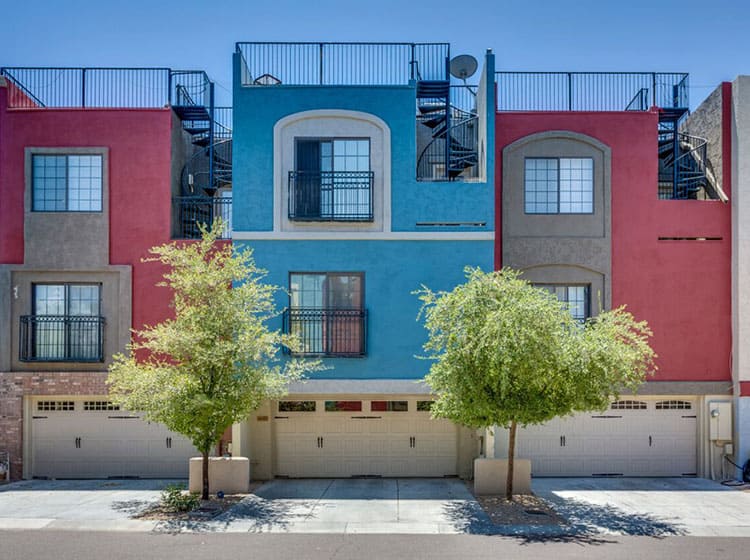Contrasting Interior Vs. Outside Paint: Secret Differences And Utilizes
Contrasting Interior Vs. Outside Paint: Secret Differences And Utilizes
Blog Article
Content Written By-Lausten Liu
When you're selecting between exterior and interior paint, it's vital to recognize their basic differences that affect both efficiency and aesthetic appeals. Interior paints are crafted for lower VOC degrees and smoother surfaces, making them ideal for indoor rooms, while exterior paints are designed to endure extreme weather and UV direct exposure. Each kind serves a distinct function, yet knowing when to utilize one over the other can substantially influence your project's outcome. So, what factors should you consider when making your option?
Composition and Formula
When picking in between exterior and interior paint, recognizing their make-up and formula is crucial. Inside paints usually contain a lower quantity of volatile organic substances (VOCs), making them safer for indoor air high quality. You'll see they typically have a smoother finish, which enhances their capacity to stand up to stains and allows for less complicated cleaning. They're developed to stand up to the rigors of indoor environments, consisting of differing moisture levels and temperature level fluctuations.
On the other hand, exterior paints are developed to sustain harsher problems. They usually have higher degrees of pigments and ingredients to resist fading from UV rays, as well as to stop mildew and mold and mildew growth. Their structure includes extra binders and materials, which offer better attachment to surfaces subjected to the components. This guarantees the paint can stand up to rainfall, snow, and rising and fall temperatures without peeling or breaking.
Performance and Sturdiness
Assessing efficiency and resilience is necessary when choosing in between interior and exterior paint. Inside paint is developed for surfaces that experience much less deterioration. It commonly withstands fading and scuffing, making it ideal for living spaces and rooms. Nevertheless, visit link might not hold up well in high-moisture areas like kitchens and bathrooms without correct formula.
On the other hand, exterior paint faces harsher conditions. It's crafted to endure UV rays, rainfall, and temperature level fluctuations. This sort of paint typically contains additives that prevent mold and mildew and mildew development, making sure long life in various environments. When you make use of external paint, you can anticipate it to last numerous years much longer than indoor paint, gave it's used appropriately.
Another essential difference depends on the surface choices. Inside paints typically have a range of surfaces for aesthetic allure, while exterior paints focus on longevity over shine. If you're searching for something that can take care of the aspects, exterior paint is your best choice.
On the other hand, if you're focused on indoor aesthetics with much less problem for extreme conditions, indoor paint might be ideal. Eventually, your option must straighten with the certain needs of the environment.
Aesthetic Considerations
A fresh layer of paint can change an area, but visual factors to consider play a crucial role in your option between interior and exterior alternatives. When you're choosing paint, think about the mood you intend to develop. Inside paint permits you to discover a larger series of colors and coatings, allowing you to share your individual design and boost your home's ambiance. Whether you opt for soft pastels or strong colors, the right interior paint can make your areas feel comfortable, dynamic, or calm.
On the other hand, outside paint needs to straighten with your home's design and the surrounding setting. Right here, you're not just making a design statement; you're likewise considering aesthetic charm. Picking shades that balance with your community can improve your home's value and visual appeal. Remember that exterior paint is additionally based on fading and weather condition modifications, so selecting a classic shade can save you from frequent repainting.
Ultimately, think about how each alternative fits your vision. By aligning your paint option with your desired aesthetic, you can produce areas that mirror your personality while keeping functionality.
Conclusion
When it pertains to picking paint, recognizing the crucial differences between exterior and interior choices is vital. Interior paints focus on appearances and reduced VOCs, making them ideal for enhancing your interior areas. In contrast, outside paints are designed for sturdiness and weather resistance, shielding your home from the components. By considering your particular demands and the environment, you can with confidence choose the right paint to accomplish the look and long life you prefer for your room.
